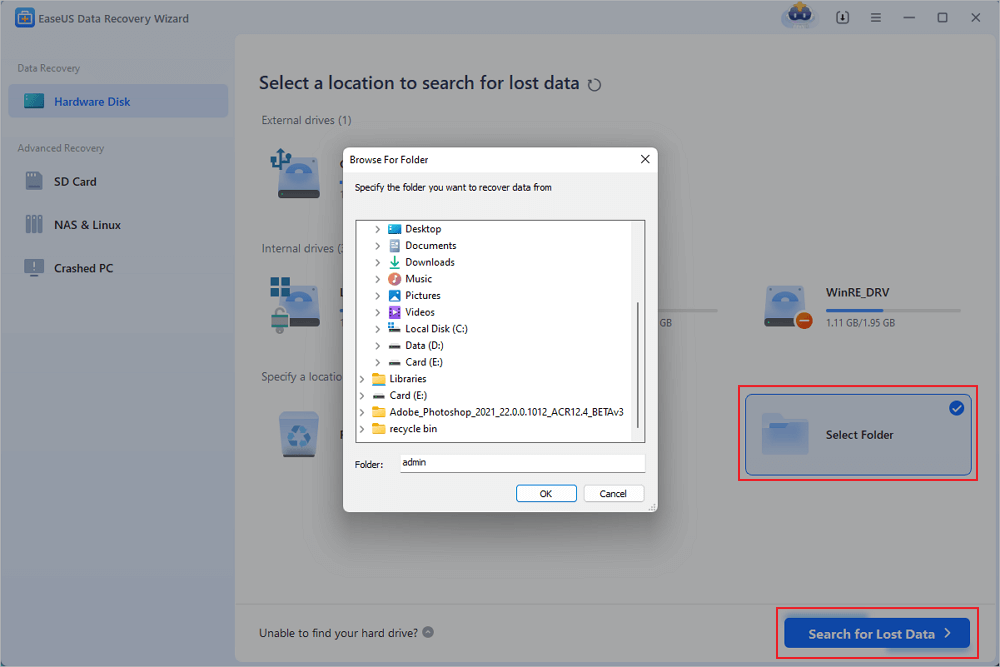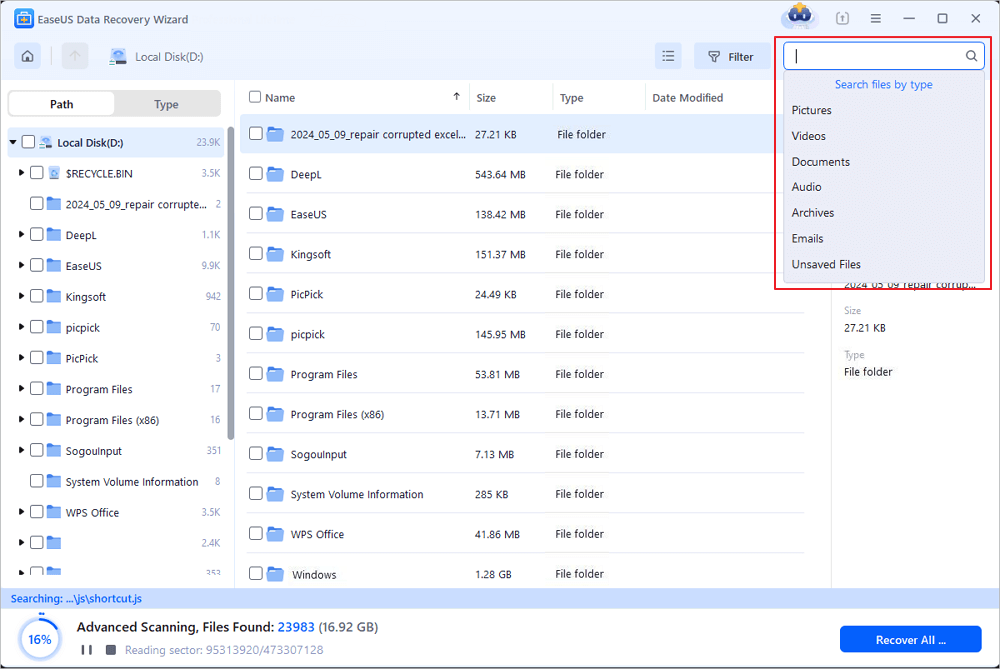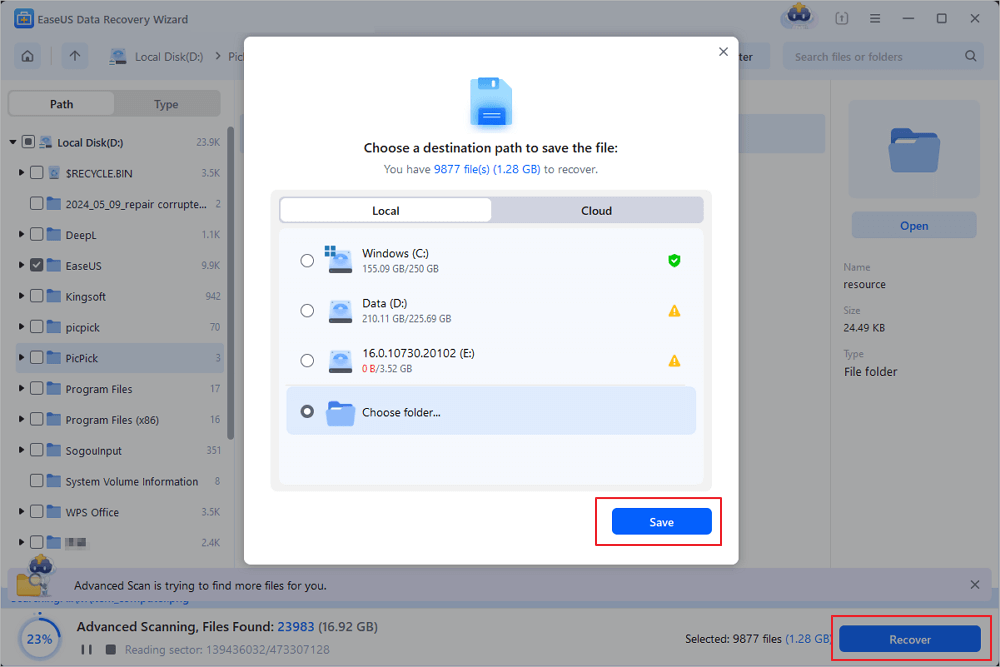Ever come across an MPP file and found yourself stuck because you don’t have Microsoft Project on your PC? Don’t worry. There’s a solution. In fact, there are several! Let’s explore some fantastic tools that’ll help you view and work with MPP files, even if you don’t have access to MS Project.

GanttPRO
First up on our list is GanttPRO, and trust me, it’s a well-deserved first place. What makes it stand out? Let’s imagine you’ve just received an MPP file from a client. With this tool, within minutes, you can be viewing an MPP file in a sleek, modern and easy-to-navigate interface (something Microsoft Project is definitely missing).
GanttPRO shines with its intuitive interface and the best Gantt chart maker on the market. You’ll love how it transforms those complex MPP files into beautiful Gantt charts that actually make sense. The import process is as simple as dragging and dropping the file. And before you know it, you’re diving into your project details.
What really sets GanttPRO apart is its collaborative nature. Once you’ve opened your MPP file, you can share it with your team and work on it together at the same time. Like Google Docs, but for project and task management. The app brings a fresh and novel approach to a bit of an old-school approach of Microsoft.
ProjectLibre
Next up is ProjectLibre. If you’re looking for a free, no-strings-attached solution, you’ve just struck gold. This open-source alternative feels surprisingly familiar to Microsoft Project users. So, even if you don’t like changes, you will still like this solution.
The best part? ProjectLibre runs on any operating system: Windows, Mac, and Linux. You’re covered in any case. It handles MPP files like a pro, preserving most of the original formatting and data. Although it might not have all the bells and whistles of premium options, it’s an unbeatable open-source solution for basic project viewing and editing.
Project Reader
Sometimes you just need to view a project file without all the extra features. That’s where Project Reader comes in. It’s like a PDF reader, but for MPP files. It’s lightweight, loads quickly, and does exactly what it promises.
What I really appreciate about Project Reader is its straightforward approach. You won’t find yourself clicking through endless menus or getting lost in features you’ll never use. It’s optimal for those who just need to review project timelines or quickly check task assignments.
Seavus Project Viewer
Seavus Project Viewer takes things up a notch with its professional-grade features. This viewer handles even the most complex MPP files with ease. And it doesn’t come at the cost of a cluttered interface or complex installation.
One feature that stands out is its ability to generate detailed reports based on the data of your MPP files. You can export data in various formats, and use it for creating presentations or sharing information with clients who don’t need full project management software.
Project Plan 365
Project Plan 365 will appeal to those who are constantly switching between devices. Whether you’re on your office PC, using your personal Mac, or tablet, you can access your MPP files without missing a beat. It’s like carrying Microsoft Project with you wherever you go.
The web-based version is particularly impressive. You can view, edit, and share your projects from anywhere as long as you’re connected to the internet. Plus, its interface has a modern touch, yet maintaining the vibes of Microsoft Project.
Smartsheet
SmartSheet takes a different approach to MPP file handling. Instead of just showing your projects, it transforms them into collaborative workspaces. You’ll get a nice combination of spreadsheets, project management tools, and team collaboration.
It’s not like you import your MPP file, and view it. Smartsheet will turn your static project plan into a living, breathing document that the entire team can interact with and work on. On top of that, you can subscribe to its automation features and stay on top of tasks and deadlines without constant manual updates.
Project Viewer 365
For those times when you need a quick look at an MPP file without installing anything, Project Viewer 365 can come to the aid. It’s entirely web-based, meaning you can upload and view your files right in your browser. No downloads, no installations, just instant access to your project data.
The viewer keeps all the details from your original files, including resource assignments, task dependencies, and even custom fields. While you can’t edit the files, its viewing capabilities are more than enough for a quick dive.
MPP Viewer
Last but not least, MPP Viewer brings project file viewing to your mobile device. In a world where we’re increasingly working on the go, having access to your project files on your phone or tablet is invaluable.
The app handles MPP files remarkably well, considering the limitations of mobile devices. You can zoom in on Gantt charts, check task details, and even generate basic reports right from your phone. It’s perfect for those quick checks during meetings or when you’re away from your desk.
Let’s summarize
Choose:
- GanttPRO if you need a modern, user-friendly interface with strong Gantt chart capabilities and team collaboration features.
- ProjectLibre if you want a free, open-source solution that mimics Microsoft Project, and works across OS.
- Project Reader if you only need to quickly view MPP files without extra features or complexity.
- Seavus Project Viewer if you need to manage complex MPP files professionally, with detailed reporting and export options.
- Project Plan 365 if you need a cross-platform solution that allows you to view, edit, and share MPP files anywhere, anytime.
- Smartsheet if you want to turn your MPP files into interactive, collaborative workspaces with automation features.
- Project Viewer 365 if you need a quick, no-installation solution to view MPP files directly in your browser.
- MPP Viewer if you need a mobile-friendly option to view MPP files and track on the go.
Conclusion
Finding yourself stuck with an MPP file and no Microsoft Project? Fear not—there’s an array of tools to make your life easier. Whether you need a collaborative powerhouse like GanttPRO, a free and familiar open-source option like ProjectLibre, or a lightweight viewer like Project Reader, there’s a solution for everyone. For professionals handling complex files, Seavus Project Viewer shines, while Smartsheet and Project Plan 365 cater to those who need cross-platform access and advanced collaboration. Even mobile users have a friend in MPP Viewer for quick on-the-go project checks.
No matter your needs, these tools ensure that managing MPP files without Microsoft Project is no longer a challenge—it’s an opportunity to explore better ways to handle your projects.





















